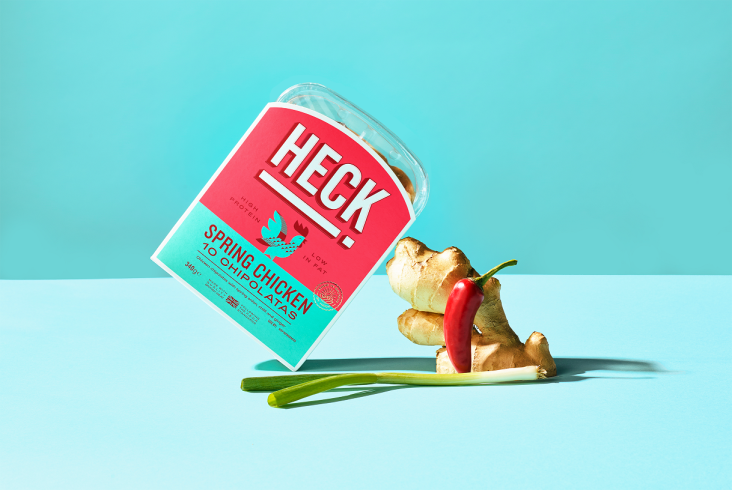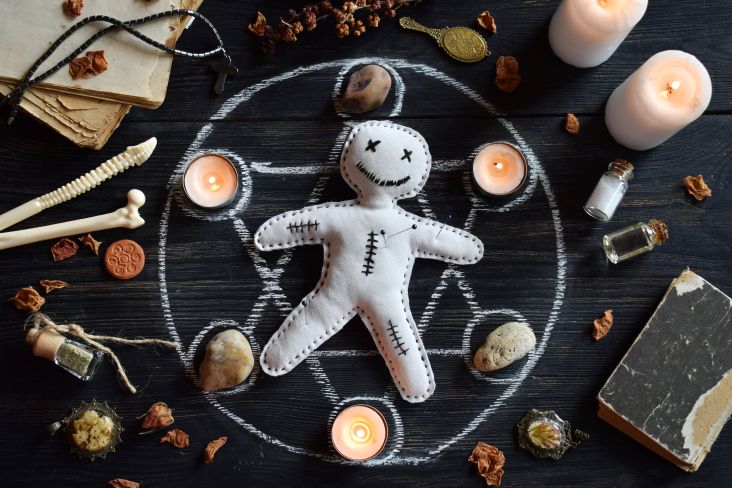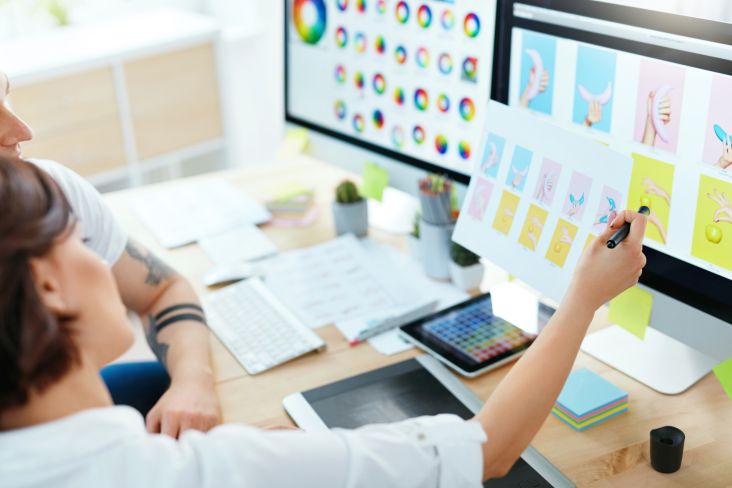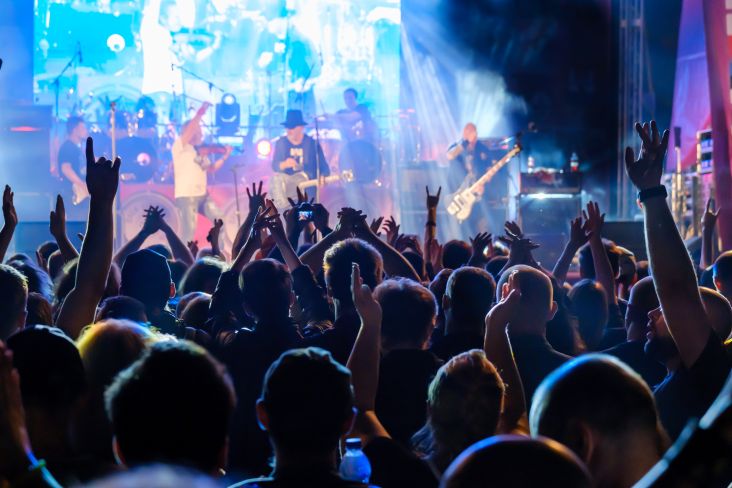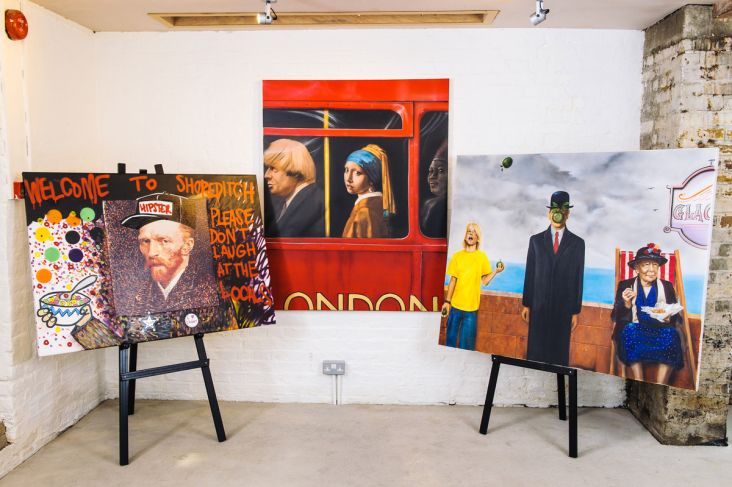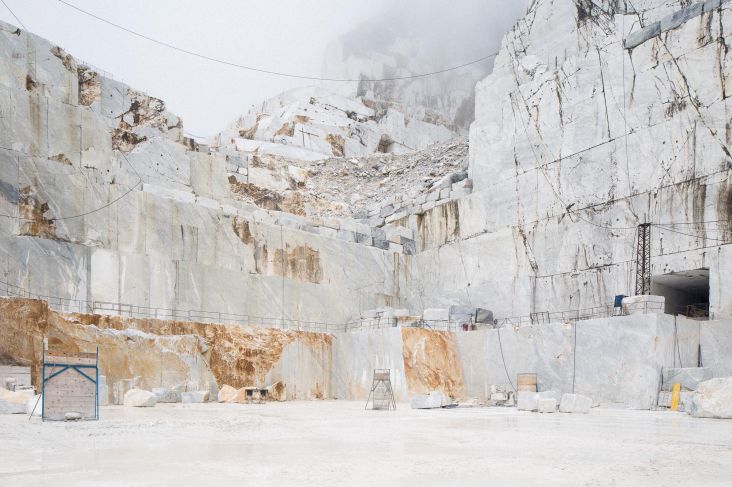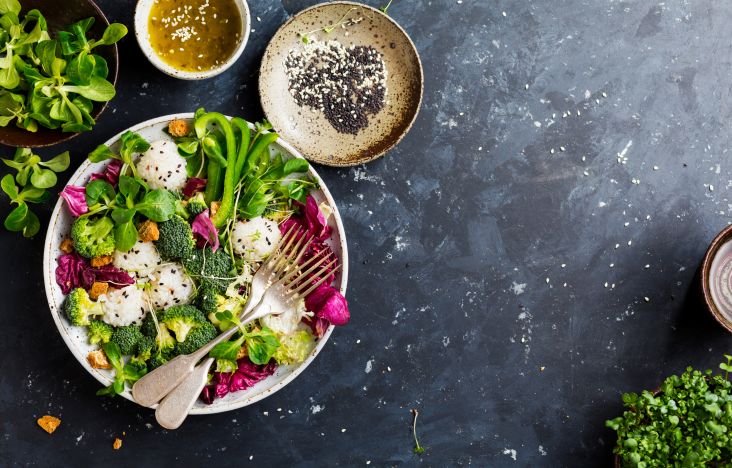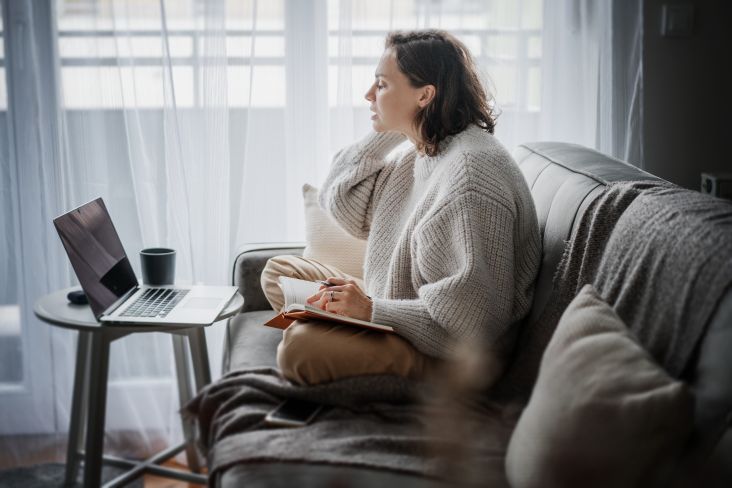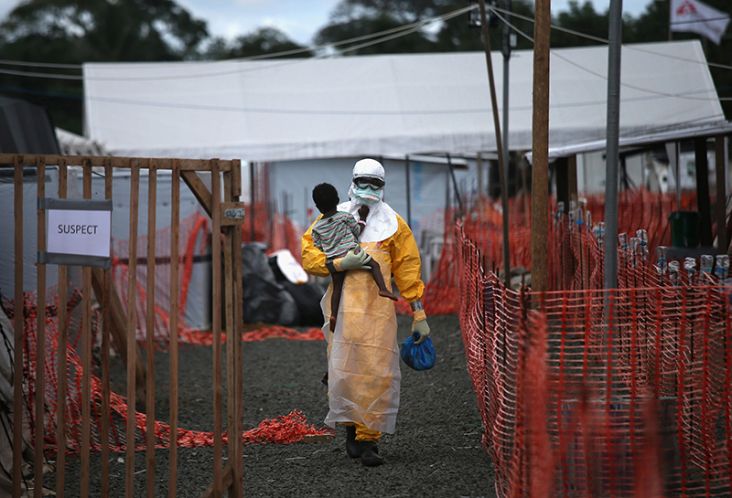Neuroscience for Creatives: Why you should organise a board games party tonight
Your brain has one hundred billion neurons, each with an average of 7,000 connections. The more quickly and effectively they link up, the more creative you are.
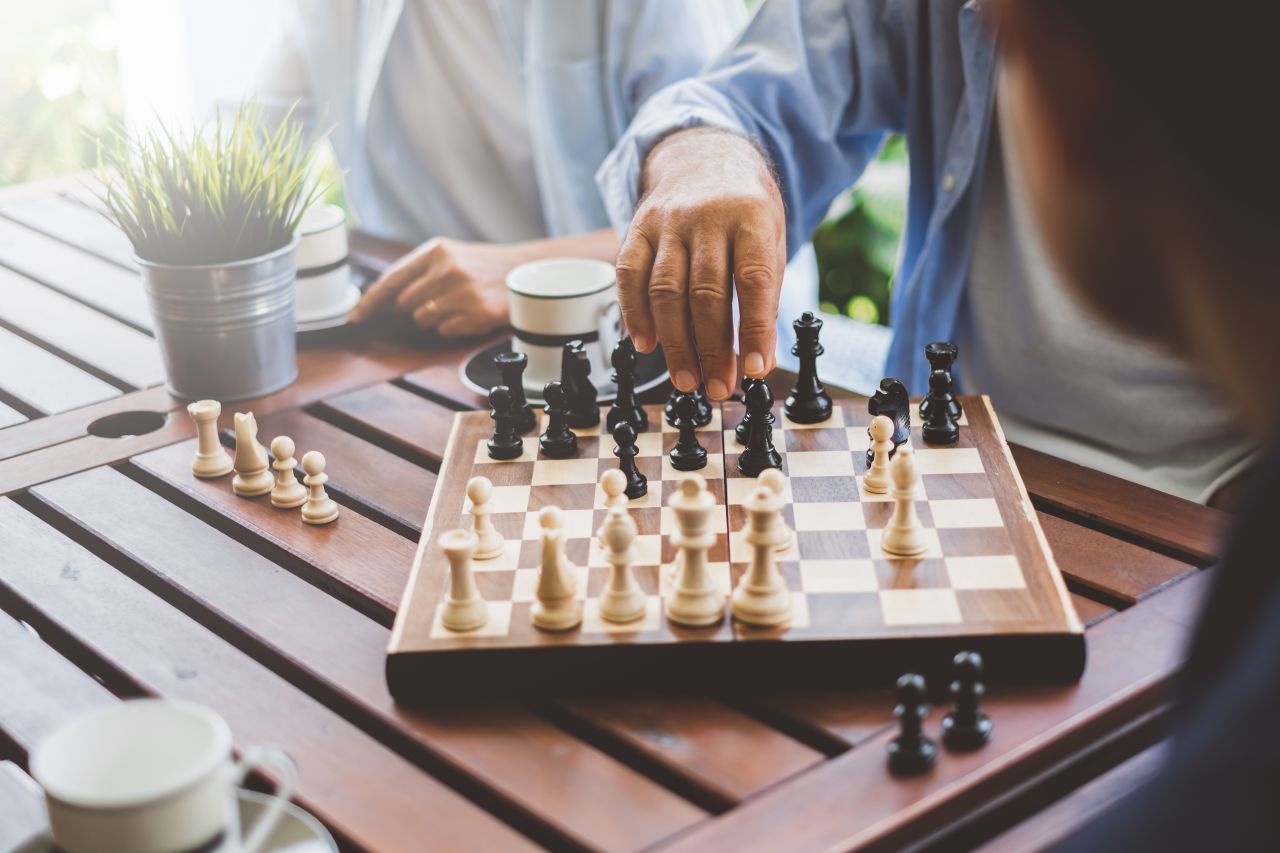
Image licensed via Adobe Stock
There’s no magical route to make you a more creative person, but once you’ve read this, you’ll be reaching for the Cranium PlayDoh, quick smart.
While scientists remain sceptical about whether online brain training apps can enhance brain function, Creative Boom can make a strong case for a rowdy evening of ‘dinner party’ board games like Articulate and Trivial Pursuit. They can boost the number of neurotransmitters running around your amazing, creative brain. Who knows what genius ideas might arise.
What is creativity, neurology-wise?
Is it the right brain? No. Creative activity is not the work of the 'right brain'. That’s an old school myth.
Instead, the entire process, from incubation to inspiration to appraisal, both conscious and unconscious, is handled by many different internal processes and emotions – with their own little ‘workshops’ all over the brain – that spark into action depending on the particular creative task.
You can see some cool brain scans on Scientific American, showing how the interplay between three large-scale neuron networks makes creativity pop off.
The Executive Attention Network
Earnest concentration takes fast and reliable communication between the lateral prefrontal (which can be described as the C.E.O. of Brain Inc.) and the posterior brain.
Time for a ‘brain as 100 billion seat theatre’ metaphor: imagine shining torch beams from the wing-aisle seats at the front of the stalls, to pick out individual seats at the back of the upper circle. Not easy, right? That’s what it takes to stay focused, and that’s what’s happening, effectively, when you’re totally ‘in the zone,’ and knocking problems right out the park.
The Imagination Network
According to work by Harvard University Centre for Brain Science (Randy Brucker et al.) the imagination network comes into play when "constructing dynamic mental simulations based on past experiences such as used during remembering, thinking about the future, and generally when imagining alternative perspectives and scenarios to the present”.
To lean on the theatre metaphor again, this means linking up brain cells in various areas of the stalls (frontal), and the dress circle (parietal), and even some basement storerooms where the orchestra store their kit (the temporal lobe).
The plot thickens.
The Salience Network
The Salience Network handles task switching, monitoring internal and external activity and picking the right piece of stored information for the job. A hardy salience network a good pub quiz teammate doth make, because these neurons are our theatre's ushers, shining their torches and leading the way. Remember when Steve Jobs talked about creativity is all about joining up the dots? It’s these helpful anterior insulas and dorsal anterior cingulate cortice neurons who know where to find them.
So there’s no simplistic left brain/right brain split – what’s going on is a whole load of passing messages between disparate sections of the brain, over a fair old distance, with a hundred billion neurons to cover.
What’s a neurotransmitter?
Possibly the favourite insult I ever heard was on a stag do when I listened to a friend’s dad dare tell a pair of meat-head doormen: "you two ought to shake hands, see if you can get a synapse going on…". A synapse is a message between two brain cells.
Neurotransmitters are the natural chemicals your body produces to carry synapses. There are more than 100 ‘brands’ of neurotransmitter: you’ll probably have heard of the big four: endorphins (they kill pain during exercise, and create ‘runners high’); oxytocin (the trust-builder that makes snuggling feel so nice); serotonin (the famous ‘happy hormone’) and dopamine (infamous for reward/pleasure).
The most important to creativity are those big-name A-listers, serotonin and dopamine, two monoamines, that not only work as neurotransmitters, bussing messages between your hundred billion neurons, but as hormones too, helping regulate activity between organs and tissues.
Their versatility means they are heavily in demand. You need to produce shed-loads to stay creatively hot, as both have a significant influence on cognition, learning, memory and mood – and dopamine is also associated with perseverance, fine-tuning and focus.
What about amino acids?
You going to need a ready supply of neurotransmitters to be on top form; and just like Walt and Jesse cooking up a batch of blue crystal, to make a copious quality product, you’ll need a steady supply of precursors.
Dopamine and serotonin are made in the brain and the digestive system from amino acids such as tryptophan, tyrosine and L-DOPA. These are found in protein-rich foods, like meat, fish, cheese, beans and peas. In theory, you can eat your way to success, but that won’t have much benefit in isolation.
Luckily, as they are natural opponents, serotonin and dopamine love to compete, and a hike in one should hopefully help promote the other… which is useful, because having abundant reserves of both will help you feel at your most creative – so eat well, get plenty of sun on your face and exercise smart.
Some research suggests if you feel you’ve been forced to exercise, it won’t help boost brainpower. You need to be motivated to get the right mental results – you’d be better off playing a sport, like football, badminton or hockey, than being dragged down by a gym, pressgang-style.
Use it or lose it
According to Radio 5 Live’s The Naked Scientist, feeling the full extent of the positive effects of dopamine could be a case of ‘use it or lose it’.
You should – if you’re not too stressed – be getting a few dopamine blasts through work, as working on creative projects feels rewarding itself. Which is great, but if you’re all work and no play, you’re going to get frazzled pretty quickly.
Speaking to the Cambridge University-produced Naked Scientist, the National Institute for Health’s principal investigator, Karen Faith Burman said: [Dopamine] helps you appreciate rewards… As people age, there’s no difference in the amount of dopamine being synthesised. But what changes is the bang per buck – the more you engage the circuit, the more you participate in novel experiences, the more fun you can have, the more new experiences you seek out, the better it’s going to function.”
Why board games?
Video games like Grand Theft Auto have been proven to activate pleasure circuits, but team board games, e.g. Taboo, Articulate and Cranium, are much closer to the creative experience.
Even the less creative, general knowledge games like Trivial Pursuit get you poking around your memory, hunting for info and connecting concepts together. Played in teams, with camaraderie and banter, board games are a winner. Why not play them 8 of 10 Cats style, where players are expected to chip in with a few gags en-route to the answer?
One of the most notable studies into creativity is the ‘Torrance Tests of Creative Thinking’ which tested divergent thinking through scoring examinees on fluency, flexibility, originality and elaboration – then later enriched the palette with assessments on visualisation, raconteur skills, humour and breaking boundaries.
These skills are what dinner party games are all about, plus one other magic factor = nostalgia.
All-important nostalgia factor
Doing what’s quite low-tech and retro should naturally put you in a mindset of remembering and talking about happy times – recalling happy events is one of the best ways to boost serotonin, according to Psychology Today. A games night with friends will trigger that frame of mind, without even trying to reminisce.
Board games bring the manageable excitement of friendly competition, with a little ego boost when you get something right (that’ll be a dopamine reward and bit of serotonin because you feel important to your team) and, get this; you don’t even have to get a question right to feel a dopamine boost.
A near-miss or a just-out-of-sand-in-the-egg-timer moment will still do the trick because that’s a quirk of dopamine. It’ll give you a top-up because it wants you to keep going and it’s backing you to win next time. Check out this Guardian article, Dopamine, the Unsexy Truth, which refers to a study on roulette junkies.
And right or wrong, win or lose, if you can have a good laugh about it along the way, you might well be setting yourself up for a day of big ideas the morning after.
Disclaimer
Your incredible creative brain is a fantastic gift, and you ought to do right by it. Stretch it, exercise it, care for it.
I’m not a doctor, a psychiatrist, or a nutritionist – and I definitely should not be your primary source of medical advice. But, from all the data available to me, a bunch of friends, a choice of board games, a couple of glasses of vino and a selection of cheeses could well be the thinking creative’s choice for a fun night in, where you wake up in the morning feeling inspired (as long as you don’t end up getting rat-arsed in the process).
Try it. Let me know how you get on. Or invite me! I love board games, me.
Thanks to Scientific American, for the inspiration.






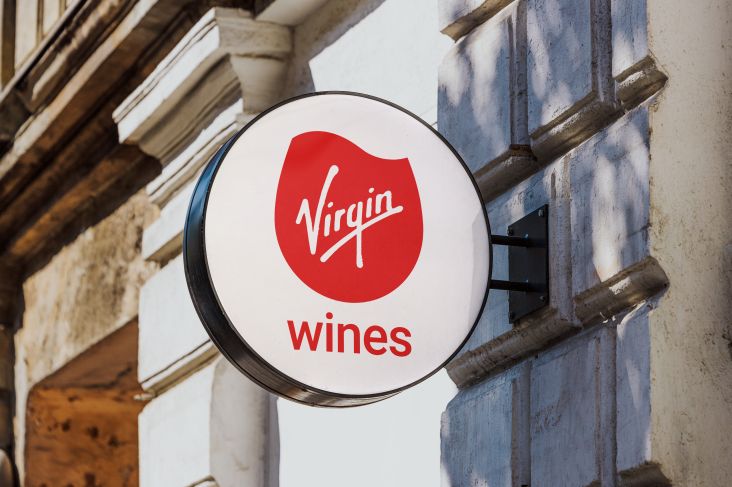

](https://www.creativeboom.com/upload/articles/86/862919952c0ad18439004228895a431dc6e45ffc_732.jpg)
